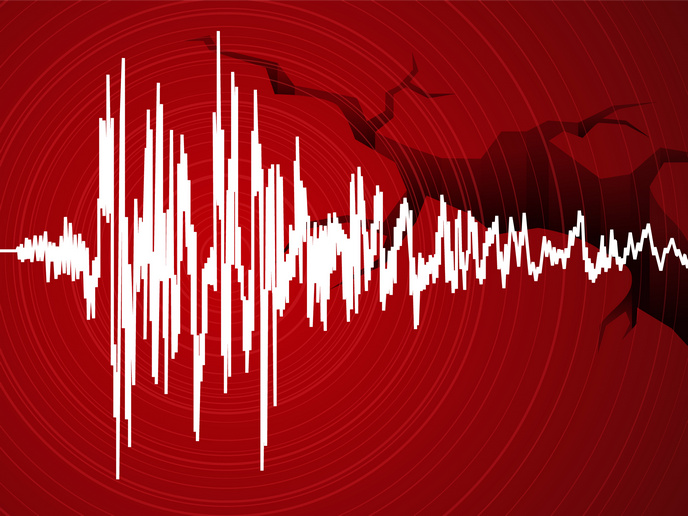Better predictions, faster warnings for when the earth shakes
Earthquakes are believed to have caused close to 1 million deaths and billions of euro worth of economic losses over the last two decades. However, predicting them is no easy feat since we still lack consistent warning signs. By harnessing AI technology to detect weak early seismic signals, the EU-funded EARLI project is looking to accelerate early warning systems while also exploring the possibility of earthquake prediction.
Predicting earthquakes
Earthquakes usually happen along fault lines, long breaks in the Earth’s crust where tectonic plates meet. As these plates slide against each other, pressure builds up until it becomes so great that the plates suddenly break loose, releasing the pressure in the form of seismic waves. “The fault starts slipping sometime before the earthquake,” states Dr Quentin Bletery of EARLI project coordinator French National Research Institute for Sustainable Development (IRD) in an article published in ‘Horizon – The EU Research & Innovation Magazine’. “The question is: does this accelerate in a microsecond or is it something that takes more time and could be tracked?” Spurred by the belief that these fault slips are gradual, Dr Bletery and IRD colleague Dr Jean-Mathieu Nocquet conducted research that led to the discovery of a new, low-amplitude signal. The signal “could – theoretically – be used to give an alert about strong shaking beforehand.” The researchers used high-rate Global Positioning System data taken from more than 3 000 stations around the world to detect this weak signal. Some 90 earthquakes of magnitude 7 and above were analysed through data recorded hours before each earthquake. Thanks to this approach, Drs Bletery and Nocquet were able to find an almost imperceptible pattern that appeared 2 hours before the earthquakes, near what would turn out to be their epicentre. “It’s only a small signal, but you can’t find it randomly in other places and at some other time,” notes Dr Bletery. The scientist goes on to explain that further research is needed to better understand this “very intriguing” signal and to determine whether earthquake prediction is possible.
Earlier warnings
Besides its work on earthquake prediction, EARLI is also working to improve on the timing of the earthquake and tsunami alerts people currently receive on their mobile phones. These early warning systems are based on data recorded by seismometers once seismic rupture has begun, therefore providing only a few seconds of warning. According to EARLI, they also underestimate the magnitude of the largest earthquakes, being unable to distinguish between a magnitude 9 and a magnitude 8 earthquake, with the former leading to a tsunami approximately 30 times bigger than the latter. The team is using seismometers not to measure seismic waves but rather the perturbation in the Earth’s gravity field generated by an earthquake. While this signal is about a million times smaller than seismic waves – and therefore harder to detect with standard techniques – it is faster. Although still experimental, their AI-aided method was able to generate the first estimation of an impending tsunami in 1 minute – a vast improvement on current warning systems, which take 20 to 30 minutes. “The goal is to make early-warning systems a lot faster,” observes Dr Bletery. The EARLI (Detection of Early seismic signal using ARtificiaL Intelligence) project ends in 2027, following a 1-year extension. For more information, please see: EARLI project
Keywords
EARLI, earthquake, AI, signal, warning, seismic, early warning system, magnitude



